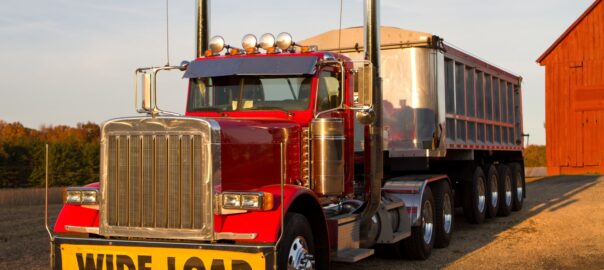Fault Vs. No-Fault Truck Accident States

Truck Accident
Truck accidents can result in significant damages, and the process of seeking compensation varies based on whether you’re in a fault or no-fault state. These distinctions stem from how liability is determined and insurance claims are handled. Understanding the differences between fault and no-fault states is crucial when navigating the aftermath of a truck accident.
Fault States:
In fault or “tort” states, liability for an accident is determined by establishing who was at fault or negligent. In the context of truck accidents, this means identifying whether the truck driver, another driver, or multiple parties were responsible for the collision. In fault states, the following characteristics are notable:
- Liability Determination: The party found to be at fault for the accident is responsible for covering the damages of the other parties involved. This typically includes property damage, medical expenses, lost wages, and other related costs.
- Insurance Claims: In fault states, the insurance company of the party at fault is responsible for compensating the injured parties. The injured parties file claims with the at-fault driver’s insurance company to seek compensation.
- Comparative Negligence: Some fault states adhere to a comparative negligence system. This means that even if you were partially at fault for the accident, you can still seek compensation. However, the amount you receive may be reduced in proportion to your degree of fault.
- Legal Action: If negotiations with the at-fault driver’s insurance company are unsuccessful, injured parties in fault states can file a lawsuit to seek compensation through the court system. This process can be lengthy and complex.
No-Fault States:
In no-fault states, the emphasis shifts from determining fault to providing prompt compensation to accident victims through their own insurance companies. Here are the key characteristics of no-fault states:
- Personal Injury Protection (PIP): No-fault states require all drivers to have Personal Injury Protection (PIP) coverage. PIP covers the medical expenses and, in some cases, lost wages of the policyholder regardless of who was at fault for the accident.
- Limited Lawsuits: In no-fault states, the ability to file a lawsuit against another driver is restricted. Your lawyer, like a truck accident lawyer from a law office like Truck Law, knows that lawsuits are typically allowed only in cases of severe injuries surpassing a certain threshold. This is aimed at reducing the burden on courts and promoting quicker settlements.
- Simplified Claims Process: When an accident occurs in a no-fault state, each party’s insurance company compensates their own policyholder for their medical expenses and other covered losses. This simplified process is intended to expedite compensation without prolonged legal battles.
- Exceptions and Choice States: Some no-fault states have exceptions that allow individuals to step outside of the no-fault system and sue for compensation. Additionally, a few states offer a choice, allowing drivers to opt for either a no-fault or traditional fault-based insurance system.
Navigating the complexities of truck accident claims in fault and no-fault states requires a solid understanding of the legal framework in your jurisdiction. If you’re involved in a truck accident, it’s advisable to consult with a knowledgeable attorney who specializes in personal injury law. They can guide you through the specific regulations in your state, help you determine the appropriate course of action, and work to ensure that you receive fair compensation for the damages you’ve suffered. Whether in a fault or no-fault state, the ultimate goal remains the same: to recover from the financial and emotional impact of a truck accident. Contact a law office that can help you with your claim today.
